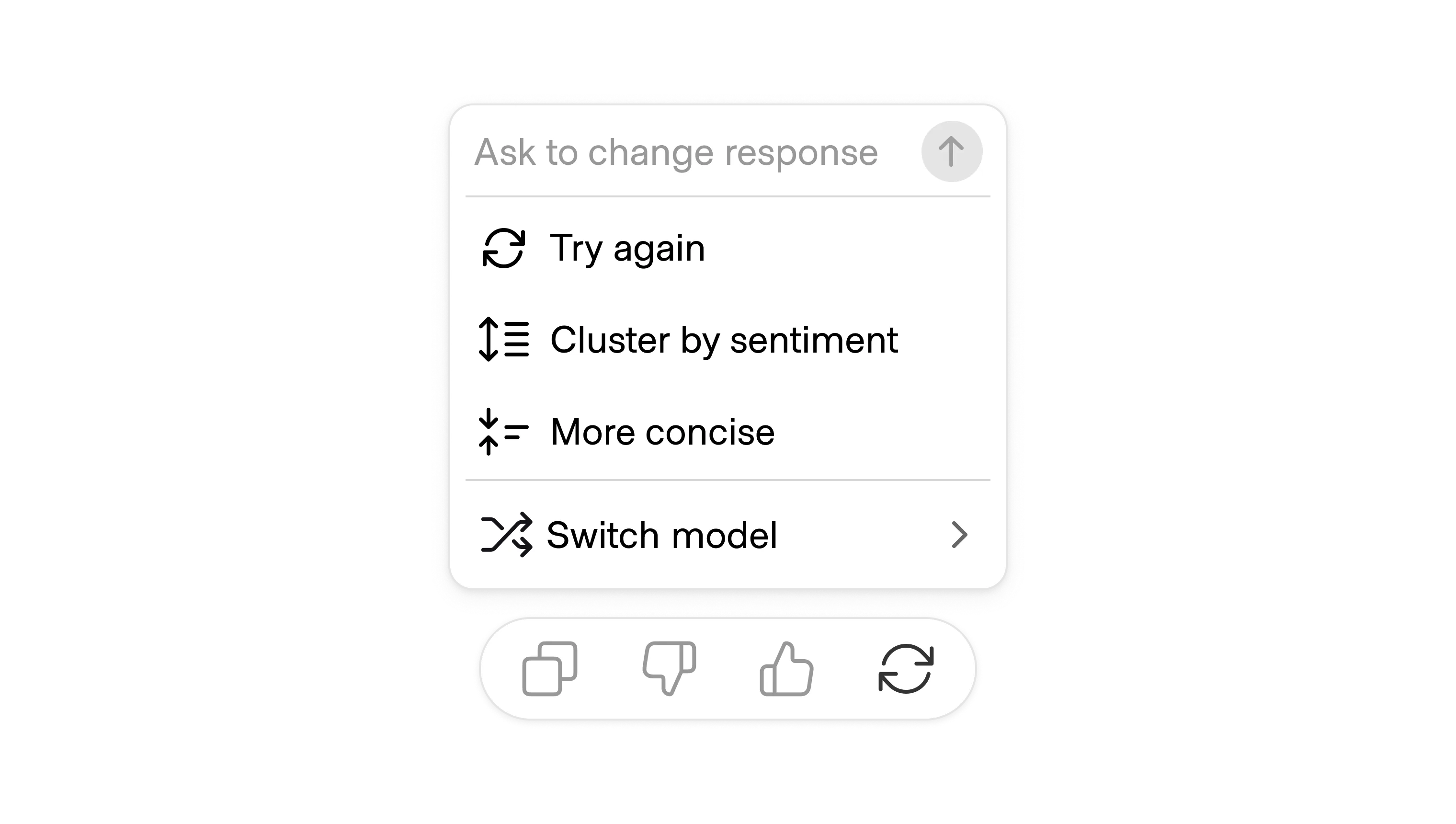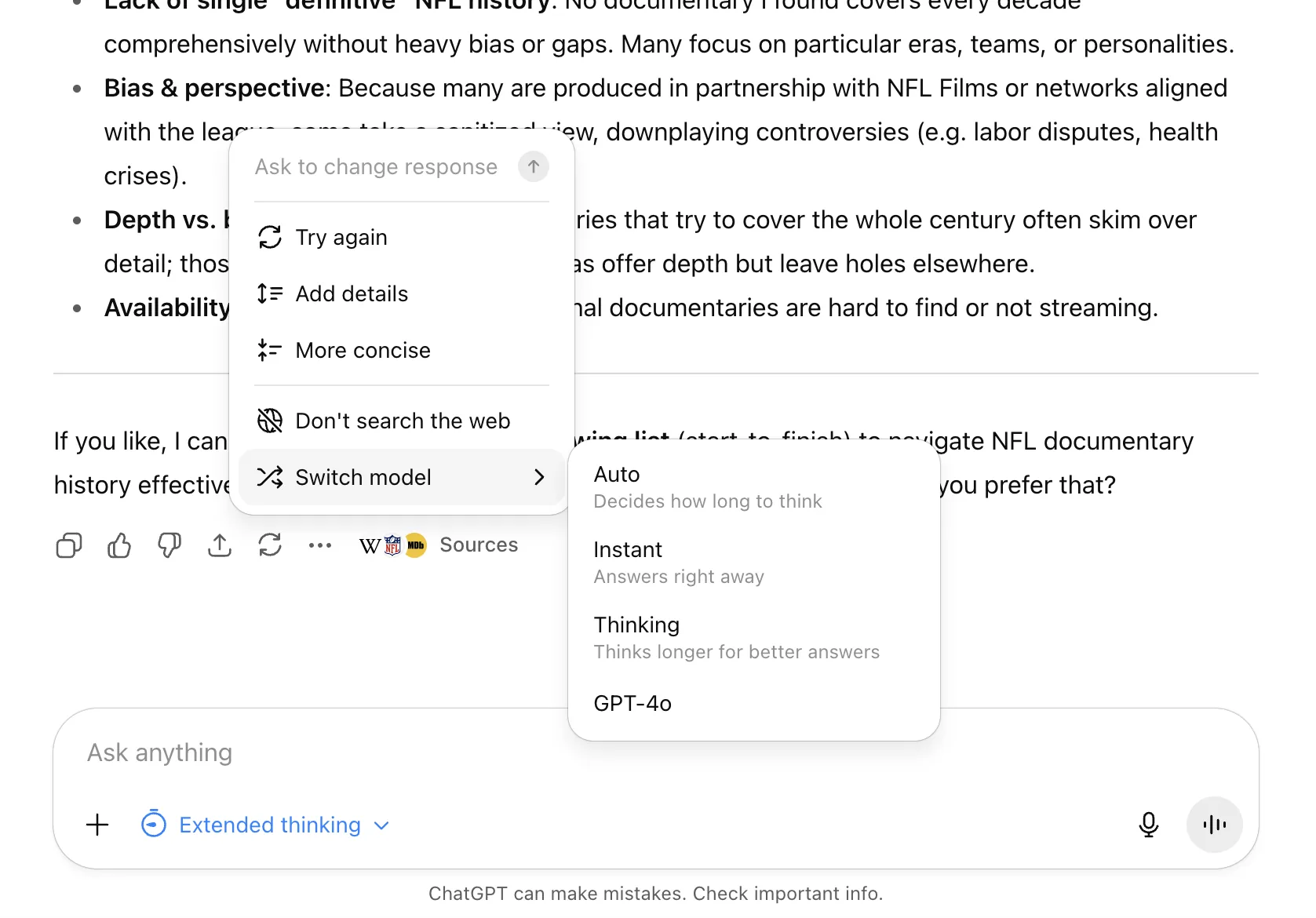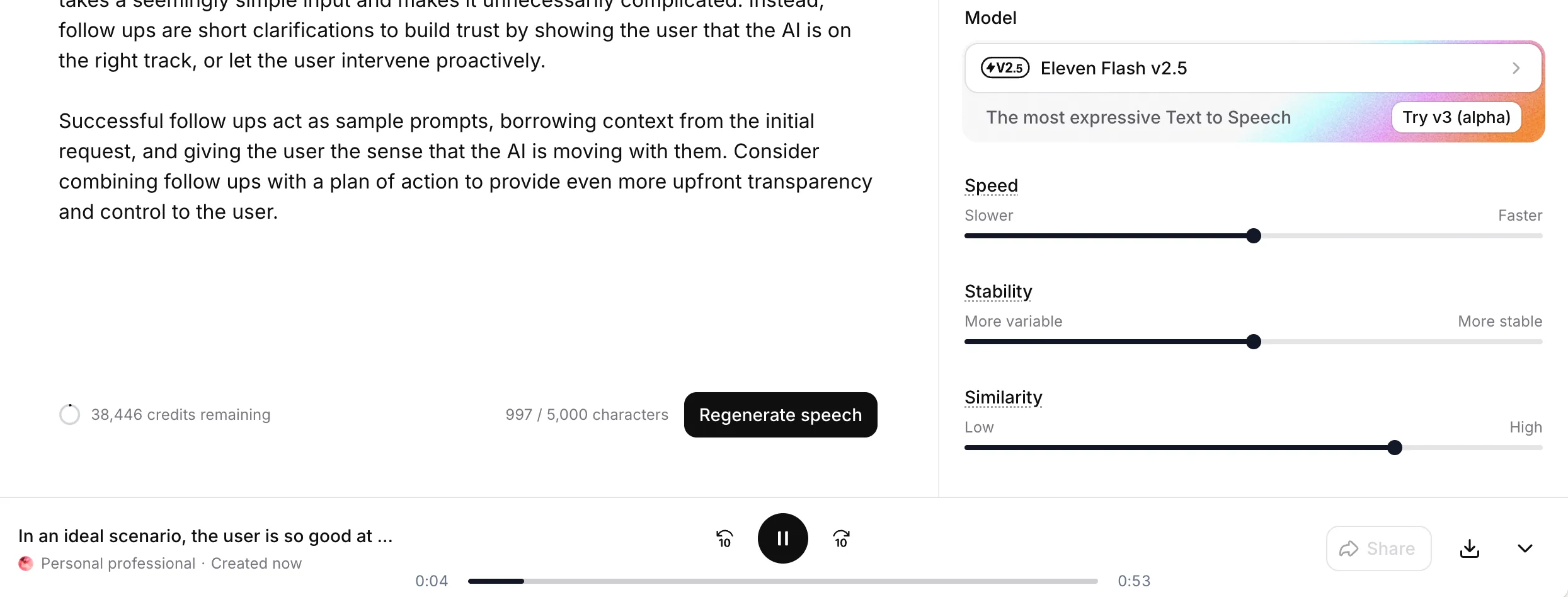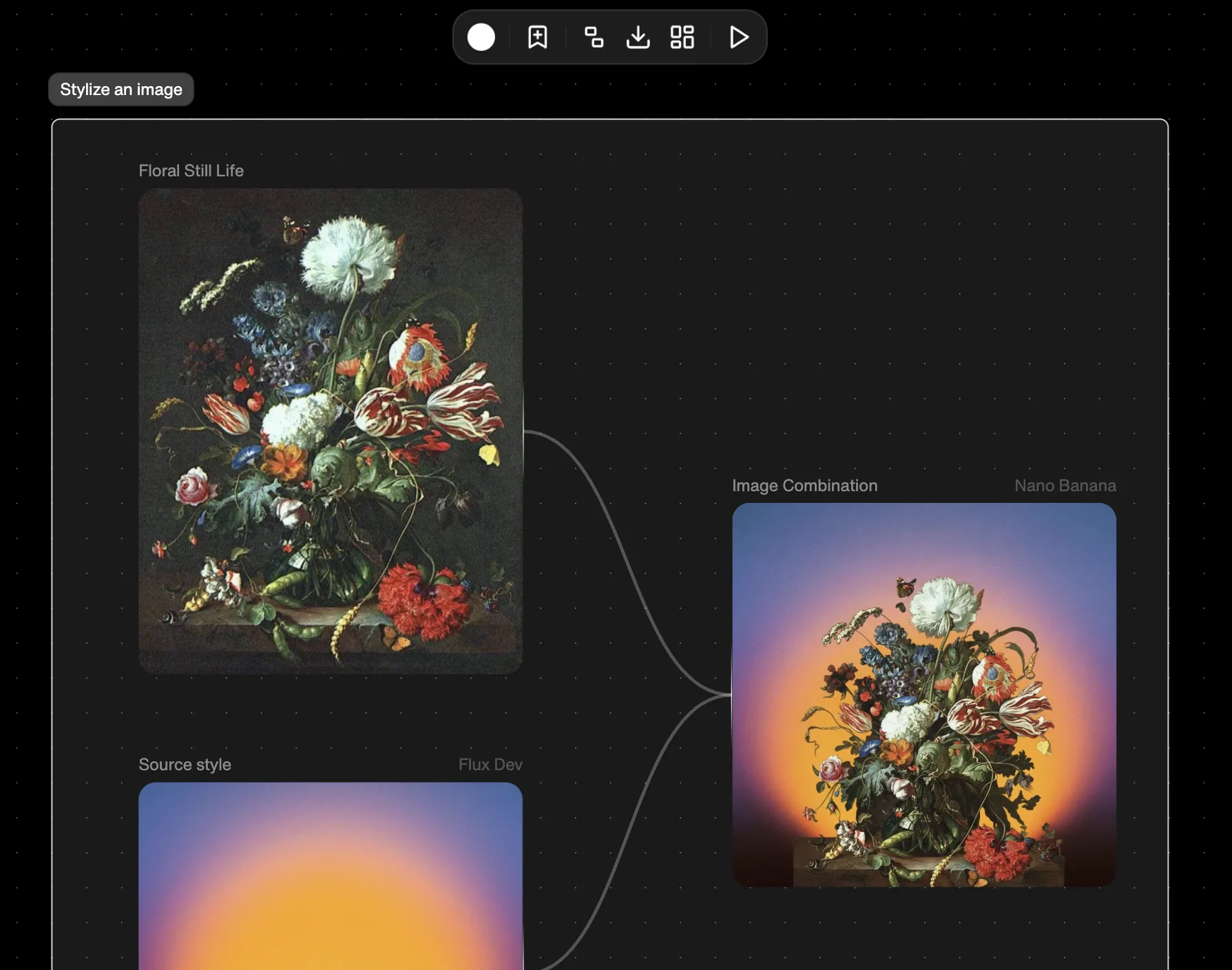

When AI doesn’t meet your needs with its initial generation, you can instruct it to regenerate the output while keeping the same prompt and context. Common labels for this action include “Regenerate,” “Rerun,” or “Try again.”
By default, the system reruns your request through the model’s internal process, which is designed to allow variation. That’s why a new draft may use different words, reasoning, or details even though you didn’t change anything.
Some tools offer a “seed” setting that locks in part of this process. Using the same seed makes the model more likely to produce consistent results across regenerations. Changing or omitting the seed lets the system explore other possibilities, which can be useful for brainstorming or creative work, but can frustrate users expecting consistent results.
Unlike more intentional controls such as “Edit prompt” or “Refine,” regeneration is a blunt tool. It sacrifices precision for speed. Its design must be carefully balanced against adjacent patterns like branching, inline edits, or parameter controls, so that it remains helpful rather than overwhelming or destructive.
Product designers must decide how to support the relationship between the original generation and additional versions:
Designers also must determine how much control users will have over the form of regenerations as they iterate:
Finally, systems may be prompted to regenerate automatically after an error or timeout. This is common in coding tools, where the assistant silently retries a completion that fails. It reduces friction but must be transparent so users know what happened.






